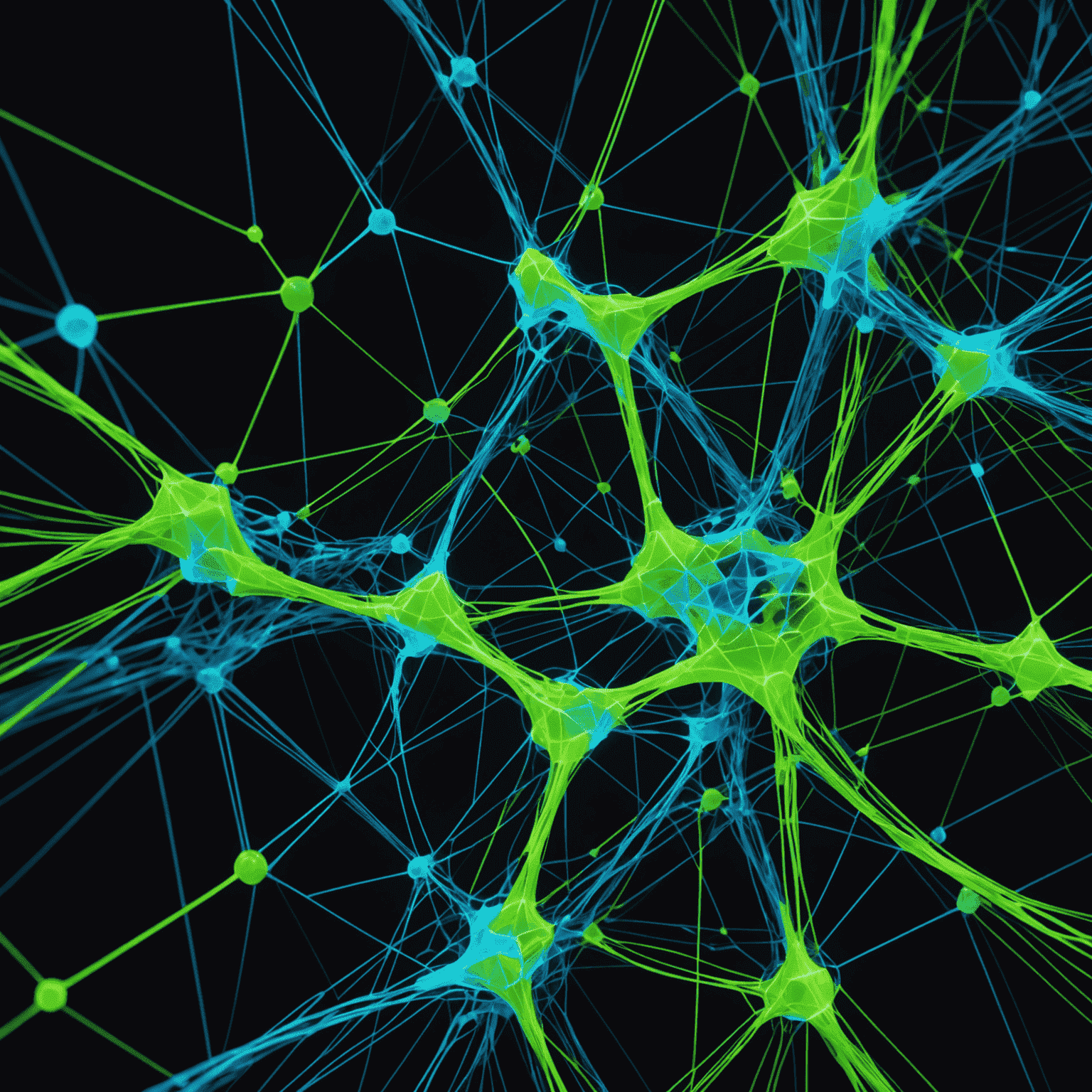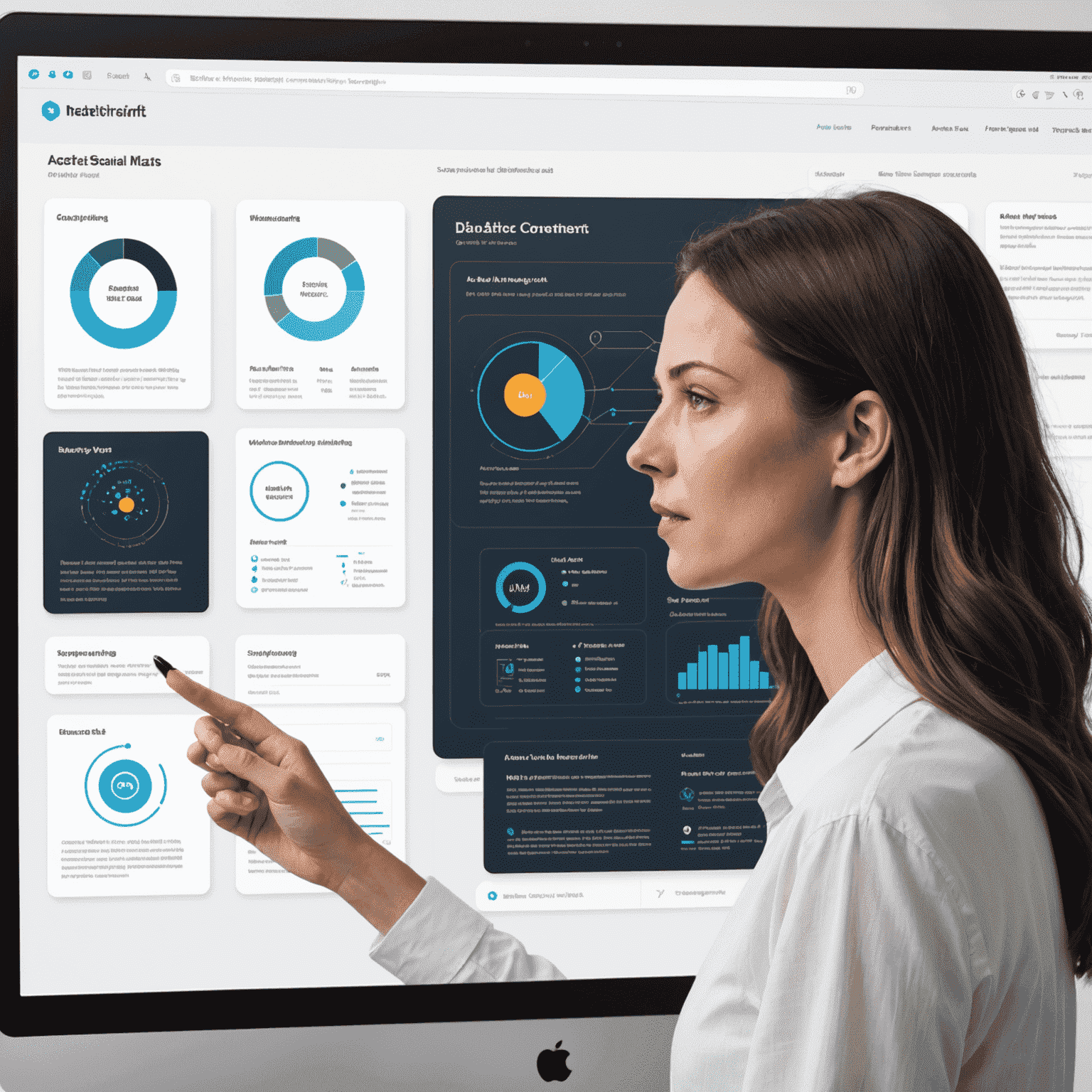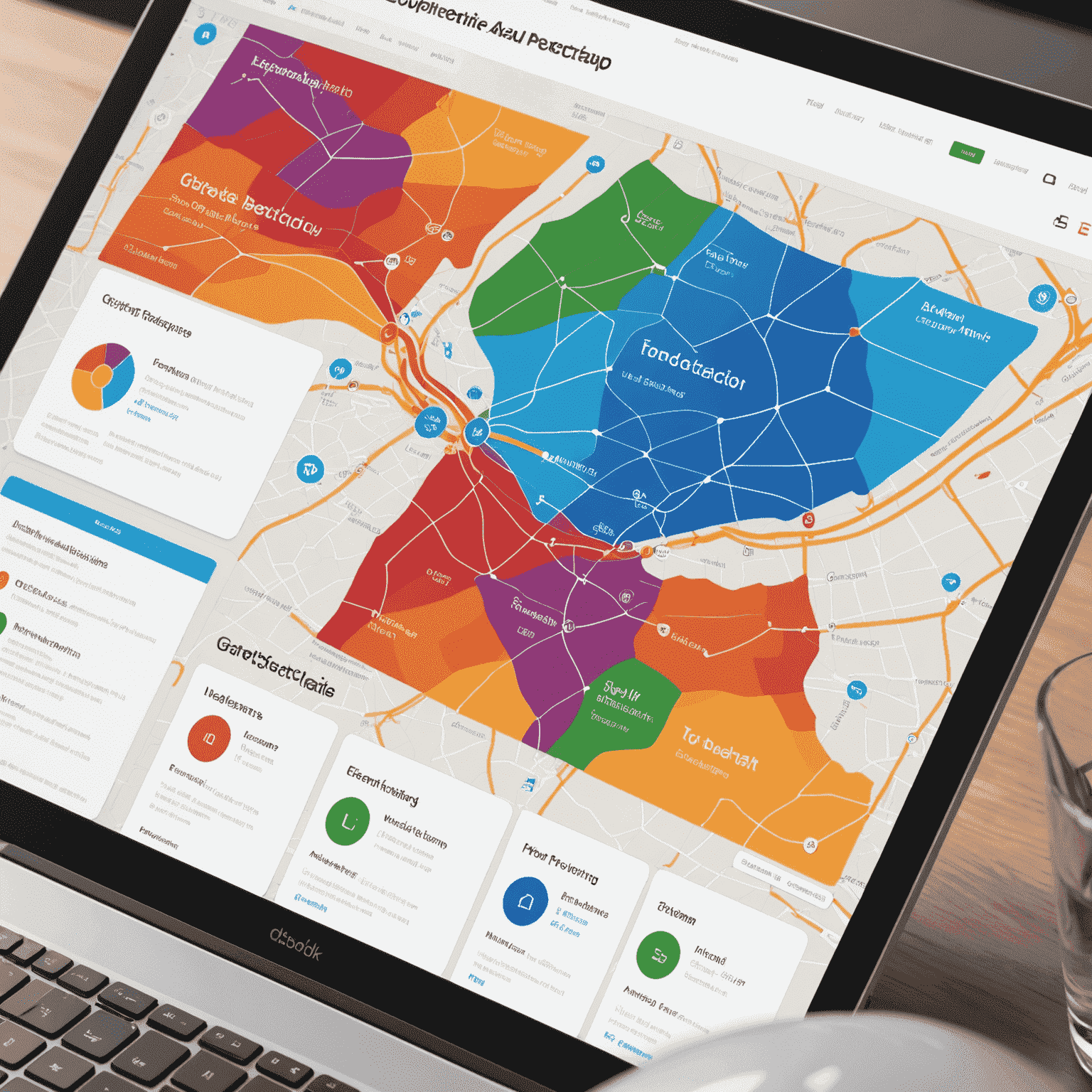AI-Powered Design Trends: Revolutionizing Modern Website Development

In the rapidly evolving landscape of modern website development, AI-powered design trends are reshaping how we approach creation and optimization. Let's explore the cutting-edge innovations that are making website building more intuitive, efficient, and powerful than ever before.
Automated Layout Suggestions
AI algorithms are now capable of analyzing vast databases of successful web designs to generate layout suggestions tailored to your content and goals. This no-code approach allows entrepreneurs and designers alike to create professional-looking websites in record time, without the need for extensive coding knowledge.

Intelligent Color Schemes
Gone are the days of painstakingly selecting color palettes. AI-driven color scheme generators now consider brand identity, target audience psychology, and accessibility standards to propose harmonious and impactful color combinations. This ensures that your website not only looks stunning but also communicates effectively across various devices and to all users.
Dynamic Content Adaptation
Leveraging machine learning algorithms, websites can now dynamically adapt their content based on user behavior and preferences. This personalized approach enhances user engagement and conversion rates, making your website a smart, responsive platform that evolves with your audience's needs.

AI-Assisted Responsive Design
Creating truly responsive websites that look great on all devices is now easier than ever. AI tools can automatically adjust layouts, font sizes, and image placements to ensure optimal viewing experiences across desktops, tablets, and smartphones, significantly reducing the time and effort required in the development process.
Predictive UX Optimization
By analyzing user interactions and heat maps, AI can predict potential UX issues and suggest optimizations before they become problems. This proactive approach to user experience design helps maintain high engagement levels and reduces bounce rates, ensuring your website stays ahead of user expectations.

Conclusion
The integration of AI into website development is not just a trend; it's a revolution that's making professional web design more accessible, efficient, and effective than ever before. By embracing these AI-powered tools and techniques, businesses and individuals can create stunning, high-performing websites that stand out in the digital landscape, all without writing a single line of code.
